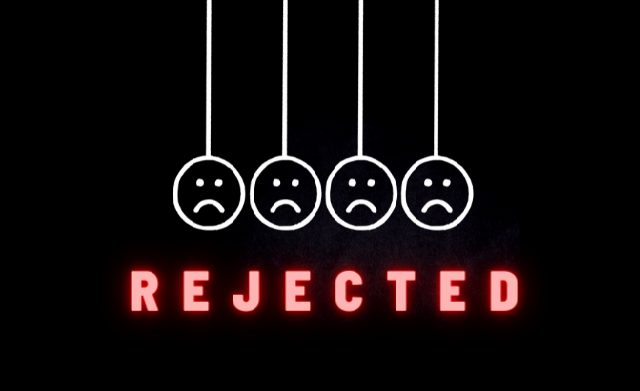Short Communication Articles
Atena2023-05-22T09:11:00+03:30The International Committee of Medical Journal Editors (ICMJE) does not provide a specific definition for short communications (also known as brief communications). However, generally, a short communication is considered to be a concise and independent report that makes a significant contribution to science. It is important to note that the terms "Short Communication" and "Special or Rapid Communication" are sometimes used interchangeably, but they have distinct differences, as explained below. Short communications are typically not meant to publish preliminary results of ongoing or recently completed studies unless the results are exceptionally interesting and relevant. Typically, a short communication is limited [...]










